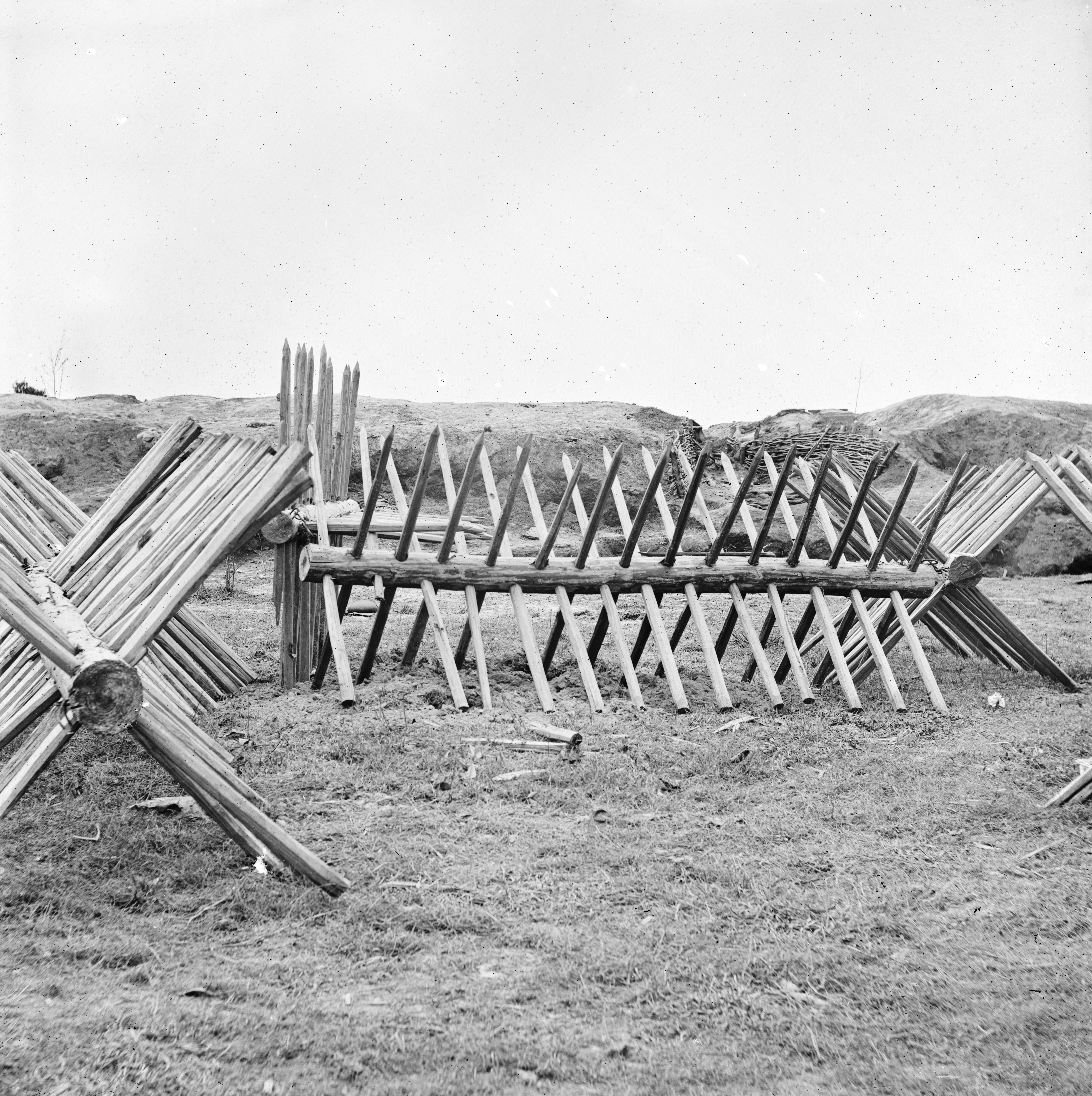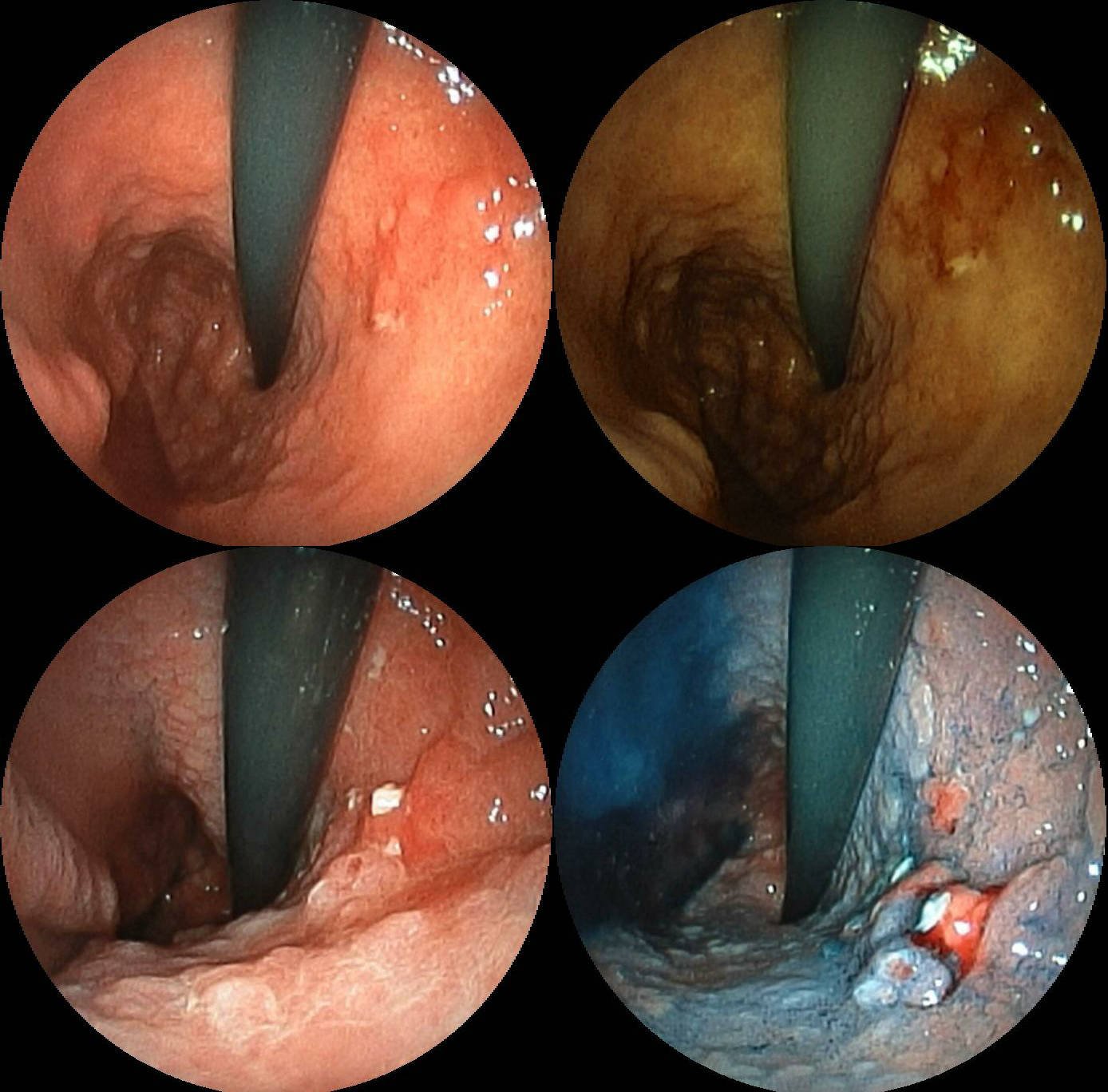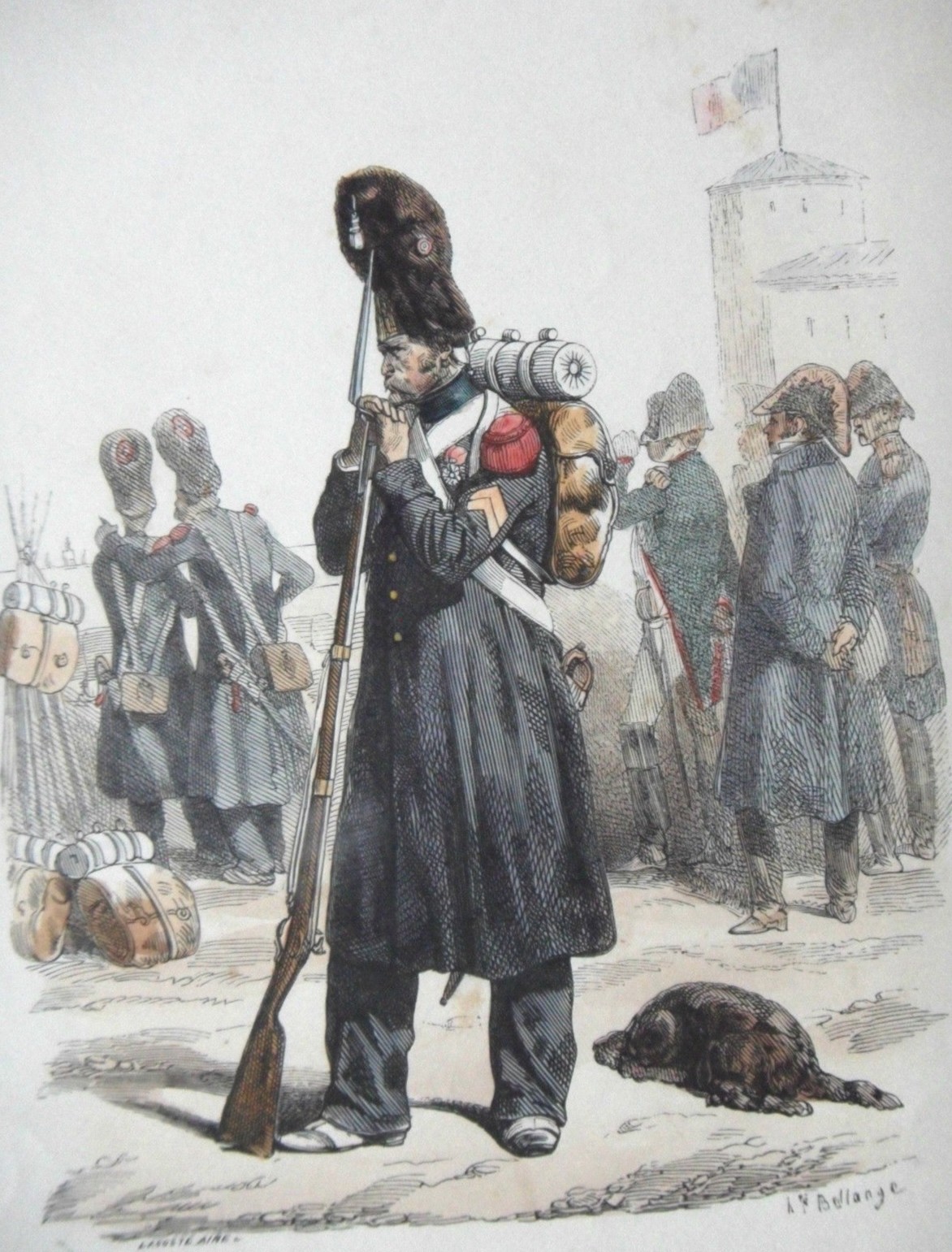|
The Emperor's New Clothes (2001 Film)
''The Emperor's New Clothes'' is a 2001 historical drama film directed by Alan Taylor and based on the 1992 novel ''The Death of Napoleon'' by Simon Leys. The film stars Ian Holm as Napoleon Bonaparte (his third performance as the military and political leader, after 1974's '' Napoleon and Love'' and 1981's ''Time Bandits''), Iben Hjejle, and Tim McInnerny. The plot revisions the history surrounding Napoleon's exile to Saint Helena following his defeat at the Battle of Waterloo. Although set in Paris, the film was mostly shot in Turin, Italy. Plot In 1821, Napoleon Bonaparte, after six years in exile on the isle of Saint Helena, has a plan to escape. Switching places with lowly French deckhand Eugene Lenormand, Napoleon will make his way to Paris, at which time Eugene will announce the switch, allowing Napoleon to reclaim his throne. However, the plan quickly goes awry: the ship Napoleon is serving on abruptly changes its itinerary and docks in Belgium instead of France. Havi ... [...More Info...] [...Related Items...] OR: [Wikipedia] [Google] [Baidu] |
Alan Taylor (director)
Alan Taylor (born January 13, 1959) is an American television director, film director, screenwriter, and television producer. He is best known for his work on television series such as ''The Sopranos'', ''Sex and the City'', ''Mad Men'', and ''Game of Thrones''. He also directed films such as '' Palookaville'', '' Thor: The Dark World'', ''Terminator Genisys'', and ''The Many Saints of Newark''. In 2007, Taylor won a Primetime Emmy Award for Outstanding Directing for a Drama Series for ''The Sopranos'' episode " Kennedy and Heidi". In 2008 and 2018, he was also nominated in the same category for the ''Mad Men'' episode "Smoke Gets in Your Eyes" and the ''Game of Thrones'' episode " Beyond the Wall", respectively. Early life Taylor's father, James J. Taylor, was a private in the U.S. army translating for Voice of America, stationed in Yokohama, who subsequently held numerous jobs before becoming a videographer in Washington, D.C. Taylor's mother, Mimi Cazort, was ''curator em ... [...More Info...] [...Related Items...] OR: [Wikipedia] [Google] [Baidu] |
Paris
Paris () is the Capital city, capital and List of communes in France with over 20,000 inhabitants, largest city of France. With an estimated population of 2,048,472 residents in January 2025 in an area of more than , Paris is the List of cities in the European Union by population within city limits, fourth-most populous city in the European Union and the List of cities proper by population density, 30th most densely populated city in the world in 2022. Since the 17th century, Paris has been one of the world's major centres of finance, diplomacy, commerce, culture, Fashion capital, fashion, and gastronomy. Because of its leading role in the French art, arts and Science and technology in France, sciences and its early adoption of extensive street lighting, Paris became known as the City of Light in the 19th century. The City of Paris is the centre of the Île-de-France region, or Paris Region, with an official estimated population of 12,271,794 inhabitants in January 2023, or ... [...More Info...] [...Related Items...] OR: [Wikipedia] [Google] [Baidu] |
Napoleon
Napoleon Bonaparte (born Napoleone di Buonaparte; 15 August 1769 – 5 May 1821), later known by his regnal name Napoleon I, was a French general and statesman who rose to prominence during the French Revolution and led Military career of Napoleon, a series of military campaigns across Europe during the French Revolutionary and Napoleonic Wars from 1796 to 1815. He led the French First Republic, French Republic as French Consulate, First Consul from 1799 to 1804, then ruled the First French Empire, French Empire as Emperor of the French from 1804 to 1814, and briefly again in 1815. He was King of Italy, King of Kingdom of Italy (Napoleonic), Italy from 1805 to 1814 and Protector of the Confederation of the Rhine, Protector of the Confederation of the Rhine from 1806 to 1813. Born on the island of Corsica to a family of Italian origin, Napoleon moved to mainland France in 1779 and was commissioned as an officer in the French Royal Army in 1785. He supported the French Rev ... [...More Info...] [...Related Items...] OR: [Wikipedia] [Google] [Baidu] |
Les Invalides
The Hôtel des Invalides (; ), commonly called (; ), is a complex of buildings in the 7th arrondissement of Paris, France, containing museums and monuments, all relating to the military history of France, as well as a hospital and an old soldiers' retirement home, the building's original purpose. The buildings house the Musée de l'Armée, the museum of the Army of France, the Musée des Plans-Reliefs, and the Musée d'Histoire Contemporaine. The complex also includes the Cathedral of Saint-Louis-des-Invalides, the national cathedral of the French military. It is adjacent to the Royal Chapel known as the , the tallest church building in Paris at a height of 107 meters. The latter has been converted into a shrine to some of France's leading military figures, most notably the tomb of Napoleon. History Louis XIV initiated the project by an order dated 24 November 1670 to create a home and hospital for aged and disabled () soldiers, the veterans of his many military campaigns ... [...More Info...] [...Related Items...] OR: [Wikipedia] [Google] [Baidu] |
Magic Lantern
The magic lantern, also known by its Latin name , is an early type of image projector that uses pictures—paintings, prints, or photographs—on transparent plates (usually made of glass), one or more lens (optics), lenses, and a light source. Because a single lens inverts an image projected through it (as in the phenomenon which inverts the image of a camera obscura), slides are inserted upside down in the magic lantern, rendering the projected image correctly oriented. It was mostly developed in the 17th century and commonly used for entertainment purposes. It was increasingly used for education during the 19th century. Since the late 19th century, smaller versions were also mass-produced as toys. The magic lantern was in wide use from the 18th century until the mid-20th century when it was superseded by a compact version that could hold many 35 mm photographic slides: the slide projector. Technology Apparatus The magic lantern used a concave mirror behind a light so ... [...More Info...] [...Related Items...] OR: [Wikipedia] [Google] [Baidu] |
Chevaux De Frise
The cheval de frise (, plural chevaux de frise ; , plural , "Frisian horses") was a defensive obstacle, existing in a number of forms, principally as a static anti-cavalry obstacle but also quickly movable to close breaches. The term was also applied to underwater constructions used to prevent the passage of ships or other vessels on rivers. In the anti-cavalry role the cheval de frise typically comprised a portable frame (sometimes just a simple log) with many projecting spikes. Wire obstacles ultimately made this type of device obsolete. The invention of the cheval de frise is attributed to ancient China. The concept of using a defensive obstacle made of wooden or metal stakes predates its use in Europe. Historical records suggest that similar types of defensive barriers, known as ''teng pai'' or ''mó pai'', were used in China as early as the 4th century BC. These early versions of the cheval de frise were employed to protect cities, forts, and other strategic locations ... [...More Info...] [...Related Items...] OR: [Wikipedia] [Google] [Baidu] |
Sanitorium
A sanatorium (from Latin ''wikt:sanare, sānāre'' 'to heal'), also sanitarium or sanitorium, is a historic name for a Hospital#Specialized, specialised hospital for the treatment of specific diseases, related ailments, and convalescence. Sanatoriums are often in a healthy climate, usually in the countryside. The idea of healing was an important reason for the historical wave of establishments of sanatoria, especially at the end of the 20th and early 21th centuries. One sought, for instance, the healing of Tuberculosis, consumptives especially tuberculosis (before the Timeline of antibiotics, discovery of antibiotics) or alcoholism, but also of more obscure addictions and longings of hysteria, Masturbation#19th century, masturbation, fatigue and emotional exhaustion. Facility operators were often charitable associations, such as the Order of St. John and the newly founded social welfare insurance companies. Sanatoriums should not be confused with the Russian sanatoriums from ... [...More Info...] [...Related Items...] OR: [Wikipedia] [Google] [Baidu] |
IMDb
IMDb, historically known as the Internet Movie Database, is an online database of information related to films, television series, podcasts, home videos, video games, and streaming content online – including cast, production crew and biographies, plot summaries, trivia, ratings, and fan and critical reviews. IMDb began as a fan-operated movie database on the Usenet group "rec.arts.movies" in 1990, and moved to the Web in 1993. Since 1998, it has been owned and operated by IMDb.com, Inc., a subsidiary of Amazon. The site's message boards were disabled in February 2017. , IMDb was the 51st most visited website on the Internet, as ranked by Semrush. the database contained some million titles (including television episodes), million person records, and 83 million registered users. Features User profile pages show a user's registration date and, optionally, their personal ratings of titles. Since 2015, "badges" can be added showing a count of contributions. These badges rang ... [...More Info...] [...Related Items...] OR: [Wikipedia] [Google] [Baidu] |
Stomach Cancer
Stomach cancer, also known as gastric cancer, is a malignant tumor of the stomach. It is a cancer that develops in the Gastric mucosa, lining of the stomach. Most cases of stomach cancers are gastric carcinomas, which can be divided into a number of subtypes, including gastric adenocarcinomas. Lymphomas and mesenchymal tumors may also develop in the stomach. Early symptoms may include heartburn, upper abdominal pain, nausea, and Anorexia (symptom), loss of appetite. Later signs and symptoms may include weight loss, jaundice, yellowing of the skin and whites of the eyes, Hematemesis, vomiting, Dysphagia, difficulty swallowing, and Melena, blood in the stool, among others. The cancer may metastasis, spread from the stomach to other parts of the body, particularly the liver, lungs, bones, peritoneum, lining of the abdomen, and lymph nodes. The bacterium ''Helicobacter pylori'' accounts for more than 60% of cases of stomach cancer. Certain strains of ''H. pylori'' have greater risk ... [...More Info...] [...Related Items...] OR: [Wikipedia] [Google] [Baidu] |
Napoleon II
Napoleon II (Napoléon François Joseph Charles Bonaparte; 20 March 181122 July 1832) was the disputed Emperor of the French for a few weeks in 1815. He was the son of Emperor Napoleon I and Empress Marie Louise, Duchess of Parma, Marie Louise, daughter of Emperor Francis I of Austria. Napoleon II had been Prince Imperial of France and List of heirs to the French throne, King of Rome since birth. After the fall of his father, he lived the rest of his life in Vienna and was known in the Austrian Empire, Austrian court as Franz, Duke of Reichstadt for his adult life (from the German version of his second given name, along with a title his grandfather granted him in 1818). He was posthumously given the nickname ''L'Aiglon'' ("the Eaglet"). When Napoleon I tried to abdicate on 4 April 1814, he said that his son would rule as emperor. However, the War of the Sixth Coalition, coalition victors refused to acknowledge his son as successor, and Napoleon I was forced to abdicate uncondit ... [...More Info...] [...Related Items...] OR: [Wikipedia] [Google] [Baidu] |
Cameo (carving)
Cameo () is a method of carving an object such as an engraved gem, item of jewellery or vessel. It nearly always features a raised (positive) relief image; contrast with intaglio, which has a negative image. Originally, and still in discussing historical work, cameo only referred to works where the relief image was of a contrasting colour to the background; this was achieved by carefully carving a piece of material with a flat plane where two contrasting colours met, removing all the first colour except for the image to leave a contrasting background. A variation of a carved cameo is a cameo incrustation (or sulphide). An artist, usually an engraver, carves a small portrait, then makes a cast from the carving, from which a ceramic type cameo is produced. This is then encased in a glass object, often a paperweight. These are very difficult to make but were popular from the late 18th century through the end of the 19th century. Originating in Bohemia, the finest examples were ... [...More Info...] [...Related Items...] OR: [Wikipedia] [Google] [Baidu] |
Imperial Guard (Napoleon I)
The Imperial Guard ( French: ''Garde Impériale'') was the imperial guard formation of the French Imperial Army. Under the direct command of Napoleon, the formation expanded considerably over time and acted as his personal bodyguard and tactical reserve. The Imperial Guard was divided into a general staff and infantry, cavalry and artillery regiments along with battalions of sappers and marines. It distinguished between experienced veterans and less experienced members by being separated into three formations: the Old Guard, Middle Guard and Young Guard. The Young Guard was virtually annihilated in the Battle of Krasnoi during the French invasion of Russia. History The Guard had its origin in the Consular Guard (''Garde des consuls''), created on 28 November 1799 by the union of the Guard of the Directory (''Garde du Directoire exécutif'') and the Grenadiers of the Legislature (''Grenadiers près de la Représentation nationale''). These formations had for principal p ... [...More Info...] [...Related Items...] OR: [Wikipedia] [Google] [Baidu] |









